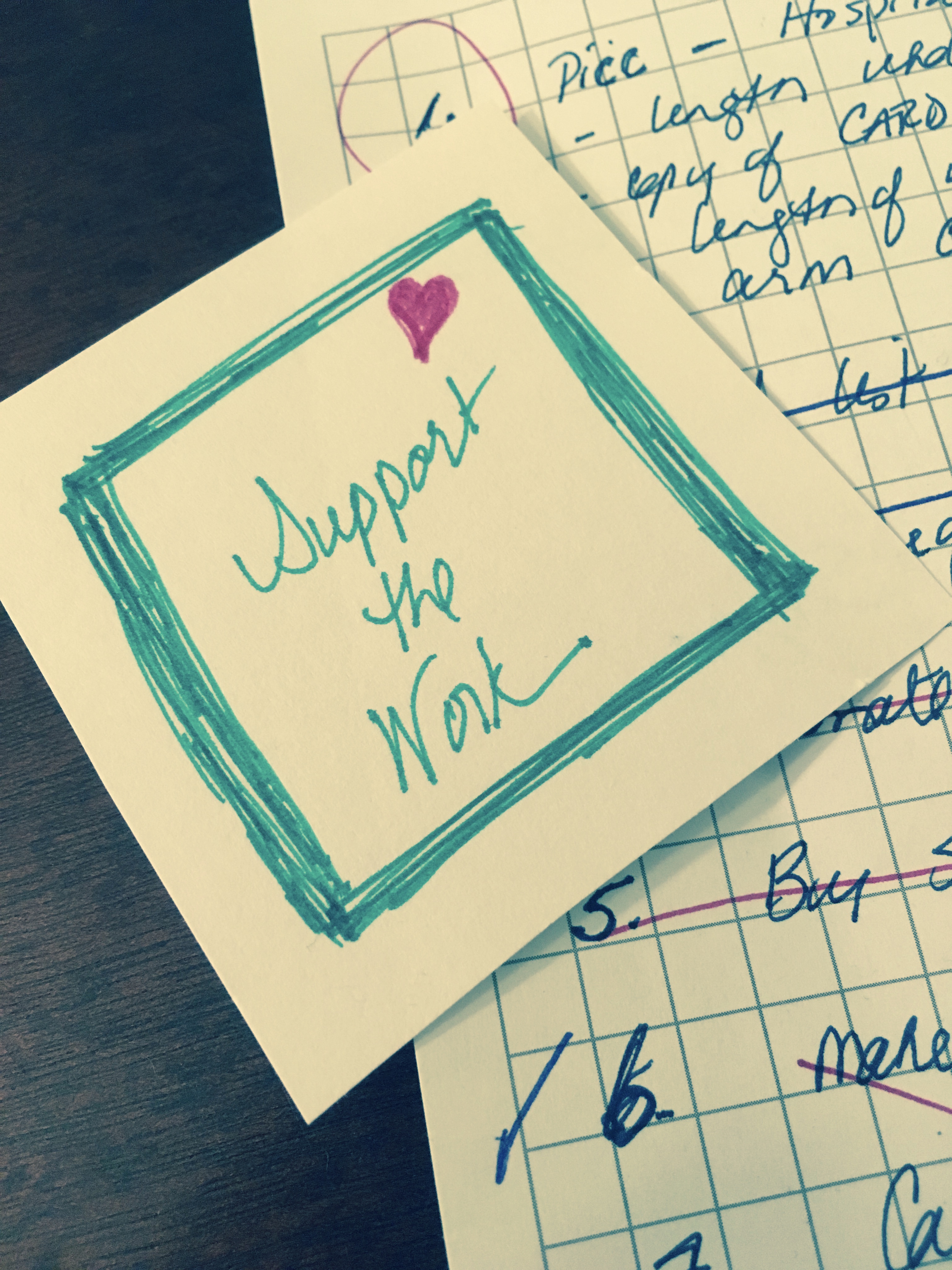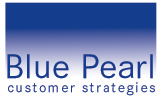Separate, Metal or Glass Utensils & Containers. Not Plastic.
 Friday, February 8, 2013 at 5:40PM
Friday, February 8, 2013 at 5:40PM Another common means of cross contamination is through plastic. Why? It's easy for allergen proteins to get stuck to plastic (and wood!), and harder to wash those proteins out. That includes cutting boards, spoons, spatulas and containers.
The safest way to keep annoying and often dangerous cross contamination out of your Tender Foodie meals, is to keep the allergen out of the house, or to keep separate containers, pans and utensils for everything. But if this is not possible, opt for glass containers and metal utensils, and store them in a separate cupboard or above allergen containing products. Wash them thoroughly with hot, soapy water if shared, and dry w/ a clean, dedicated cloth (towels trap allergens, too!).
DO keep a separate cutting board for your Tender Foodie, though. Since cutting boards are made of wood and plastic, typically, this is the one item that should belong to your Tender Foodie alone.
NOTE: If your doctor tells you that you have a high risk of anaphylaxis, keep the allergen out of your home completely.




